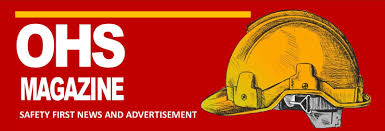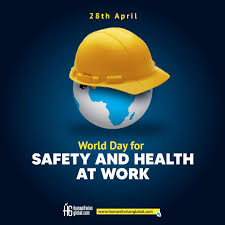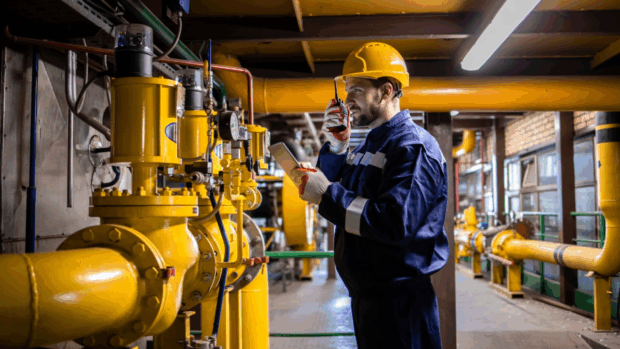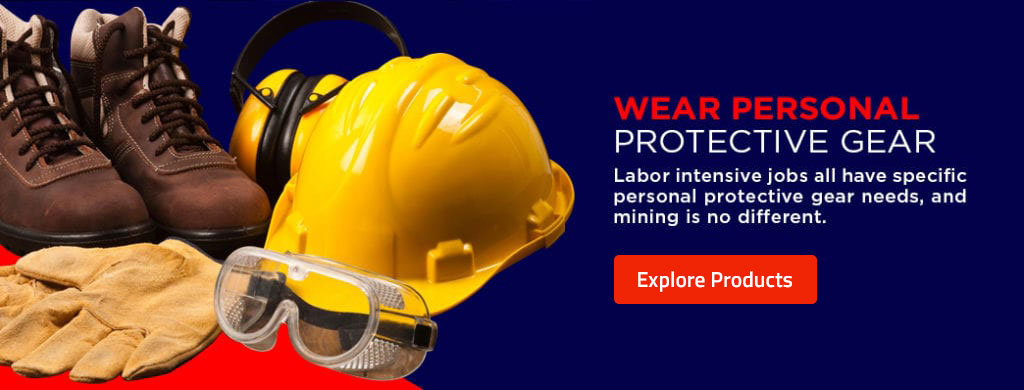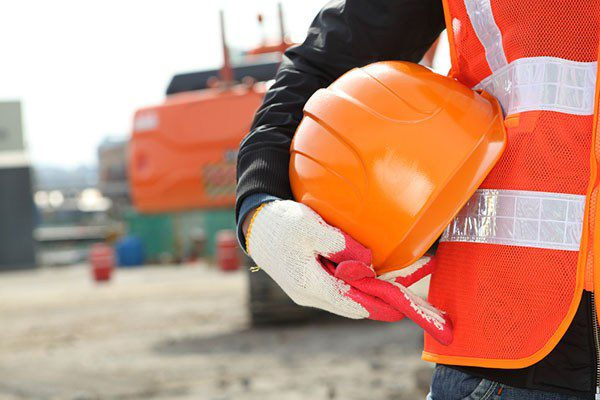Fire Safety Tips for the Holiday Season: Avoiding Common Hazards. In the fight against fire-related incidents, education is emerging as one of the most powerful tools to reduce risks and save lives. Across the globe, schools are stepping up to play a vital role in fostering a culture of safety through comprehensive fire safety programs. These initiatives aim not only to educate students but also to extend the knowledge to families and communities, creating a ripple effect of awareness and preparedness.
The Growing Need for Fire Safety Education
According to recent statistics, residential fires remain a leading cause of injuries and fatalities. Many of these incidents could be prevented through better education and preparation. School programs, therefore, are uniquely positioned to instill lifelong fire safety habits in children from an early age, empowering them with critical knowledge and practical skills.
“Schools serve as a foundation for building community awareness,” says Dr. Lisa Montgomery, a fire safety educator and advocate. “When children learn fire safety at school, they not only absorb it themselves but often share what they’ve learned with their families, effectively doubling the reach of these programs.”
Effective Fire Safety Curriculum in Schools
Modern fire safety programs go beyond traditional fire drills. They often include interactive lessons, engaging demonstrations, and even the use of technology to simulate real-world scenarios. Topics covered typically include:
- Understanding Fire Hazards: Identifying common fire risks at home and in the community.
- Emergency Response Training: Teaching students how to respond calmly and effectively in emergencies, including how to use fire extinguishers and the importance of “Stop, Drop, and Roll.”
- Smoke Alarm Awareness: Emphasizing the importance of functional smoke alarms and how to maintain them.
- Escape Planning: Helping students create and practice home evacuation plans.
Many schools collaborate with local fire departments to enhance these programs. Firefighters often visit schools to give live demonstrations, such as how to use a fire hose, don protective gear, or rescue someone from a simulated fire situation. Such hands-on experiences leave lasting impressions on young minds.
Highlighting Success Stories
Programs like the “Learn Not to Burn” curriculum by the National Fire Protection Association (NFPA) have shown remarkable success. This initiative, which integrates fire safety concepts into subjects like math, reading, and art, has reached millions of students worldwide. Similarly, local initiatives, such as Fire Safe Kids in California, have reported significant reductions in fire-related accidents among participating families.
In the United Kingdom, a program called FireSmart Schools has been credited with decreasing fire-setting behaviors among youth. By addressing both safety and prevention, these initiatives target not only accidental fires but also deliberate fire-starting, a critical issue among teenagers.
Challenges and Opportunities
Despite their benefits, fire safety education programs face challenges, including funding limitations and varying levels of support from local governments. Advocates argue that more investment is needed to ensure that all schools have access to high-quality materials and training resources.
Technology presents an exciting opportunity to overcome some of these barriers. Virtual reality (VR) and augmented reality (AR) tools are being increasingly adopted to simulate fire scenarios in a safe, controlled environment. These immersive experiences help students understand the urgency and complexity of real-life fire emergencies without facing actual danger.
The Broader Impact
The impact of school fire safety programs extends well beyond classrooms. Parents and siblings often adopt safer habits after children share what they’ve learned. Community-wide initiatives, like fire station open houses and neighborhood smoke alarm checks, are frequently driven by the momentum of these educational efforts.
“Education is the first line of defense against fire-related tragedies,” says Chief Mark Daniels of the Springfield Fire Department. “When schools partner with fire services and communities, we’re not just teaching kids—we’re building a safer future.”
Conclusion
The role of education in fire safety cannot be overstated. By integrating fire safety programs into school curricula, communities worldwide are taking a proactive approach to reduce risks and protect lives. As these initiatives continue to evolve, leveraging technology and community collaboration, the potential for creating a fire-resilient society has never been greater.
